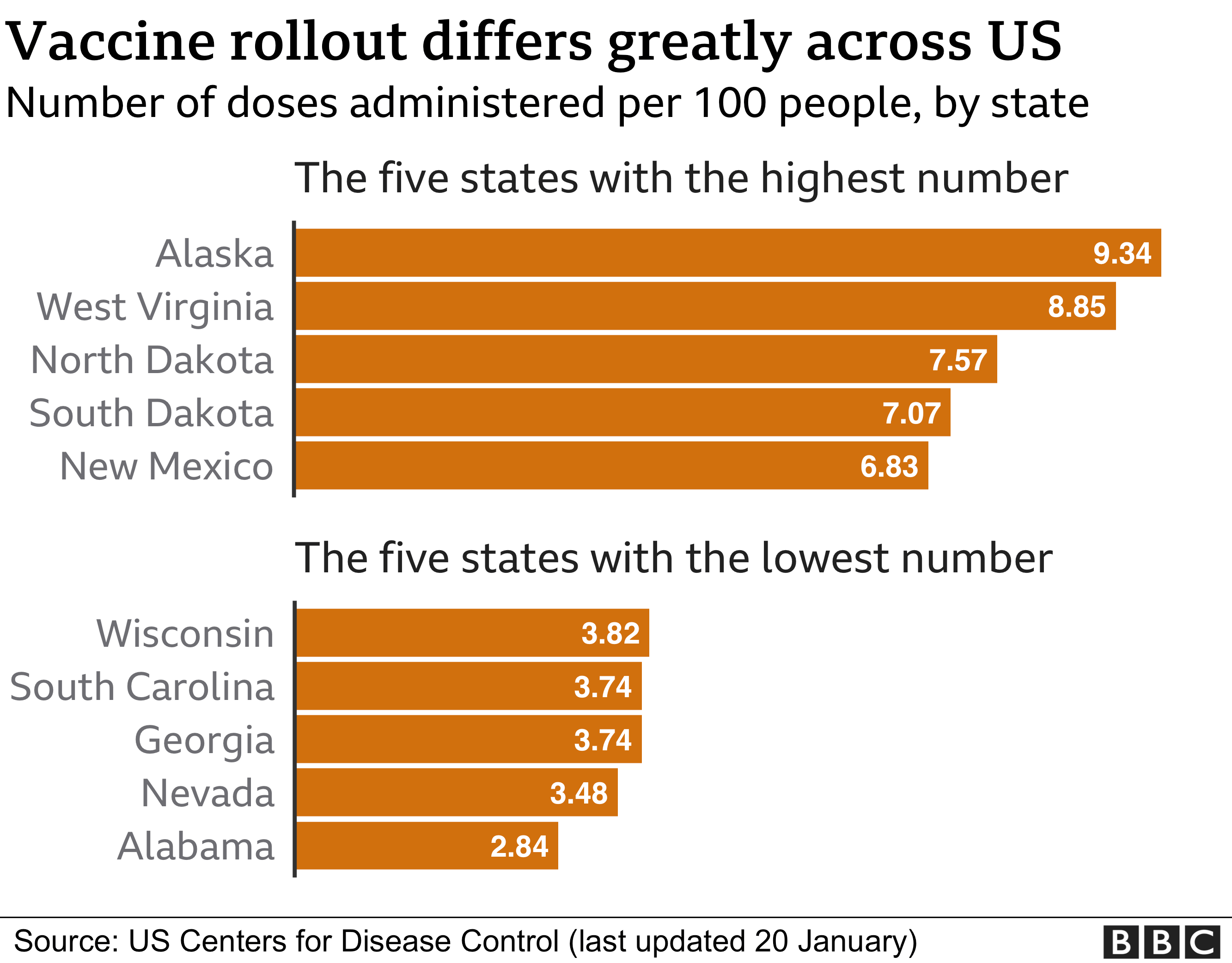
Unfortunately, policy makers did not heed these recommendations. Recognizing that many drug policies were of political opinion, it called for drug policies that were grounded in scientific evidence, health, security, and human rights. The Commission recommended that drug policies focus on reducing harm caused by drug use rather than solely on reducing drug markets. In 2011, the Global Commission on Drug Policy released a report that concluded that the initiative had been futile, as “arresting and incarcerating tens of millions of these people in recent decades has filled prisons and destroyed lives and families without reducing the availability of illicit drugs or the power of criminal organizations.” One study published in the International Journal of Drug Policy in the same year found that funding drug law enforcement paradoxically contributed to increasing gun violence and homicide rates. ĭespite being in effect for over four decades, the War on Drugs failed to achieve its intended goals.

In 1914, Congress enacted the Harrison Narcotics Tax Act to target the recreational use of drugs such as morphine and opium. However, it is worth noting that one can trace the roots of this initiative back further. Nixon with the aim of curtailing illegal drug use, distribution, and trade by imposing harsher prison sentences and punishments. The War on Drugs was a government-led initiative launched in 1970 by President Richard M. This approach requires an open mind and supportive perspective, recognizing that substance use disorder is truly a medical condition that requires just as much attention as any other medical diagnosis. Incentivizing pregnant women with substance use disorder to safely address their chronic health issues is essential for minimizing negative short-term and long-term outcomes for women and their newborns. Īs a medical student, I have observed the importance of a rehabilitative approach to addiction medicine. These punitive measures may cause patients to lose trust in their physicians, ultimately leading to high-risk pregnancies without prenatal care, untreated substance misuse, and potential lifelong disabilities for their newborns. For example, many women with substance use disorder lose custody of their baby or face criminal penalties, including fines and jail time. There is still a pervasive societal bias toward punitive rather than rehabilitative approaches to addiction. Unfortunately, the lasting consequences of the War on Drugs have created a stigma around addiction medicine, leading to significant treatment barriers.

The medical community has long recognized that substance use disorder is not simply a character flaw or social deviance, but a complex condition that requires adequate medical attention. Proponents of this argument emphasize social and environmental factors that lead to addiction but fail to appreciate how chronic substance use alters the brain’s chemistry and changes how it responds to stress, reward, self-control, and pain. Some suggest that addiction is a choice therefore, those who misuse substances should not receive treatment. Pregnant women with substance use disorder require treatment that is arguably for the benefit of both the mother and the fetus. This article highlights some misconceptions and underscores the challenges they face as they navigate the justice and healthcare systems while also providing possible solutions to address their underlying addiction. Instead, these laws have created a negative bias surrounding addiction and have negatively affected particularly vulnerable patient populations, including pregnant women with substance use disorder and newborns with neonatal abstinence syndrome. These laws have not controlled illicit drug use, nor has it stopped the opioid pandemic from growing. The US government's approach to the War on Drugs has created laws to deter people from using illicit drugs through negative punishment.


 0 kommentar(er)
0 kommentar(er)
